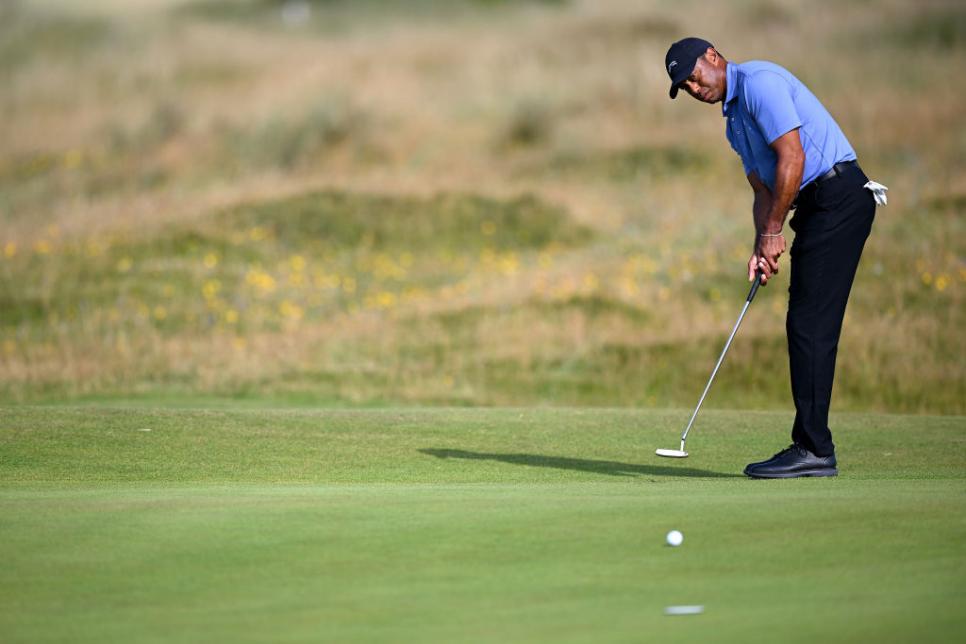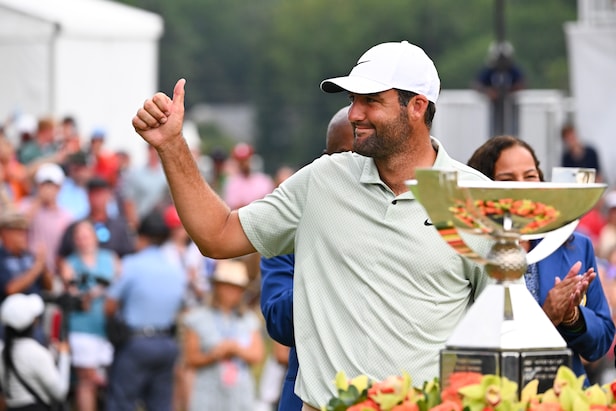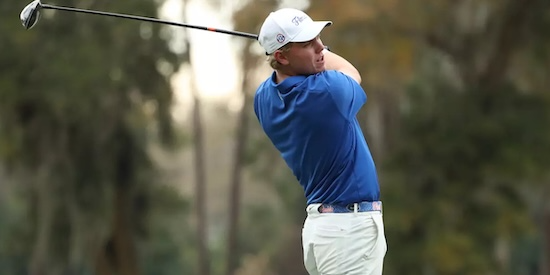British Open 2024: How pros adapt to slow greens—2 things we can learn – Australian Golf Digest

- by Admin
- July 16, 2024

Here’s the corrected version with spelling and grammar errors fixed:
TROON, Scotland—If you’re reading this article from the United States, the greens at your home course probably roll about the same as the greens the pros will putt on at Royal Troon this week.
That’s not an insult, by the way. The grass is simply longer on the putting surfaces on most courses in Scotland, which means the greens run to a similar speed to the kind of greens the rest of us play. It’s a way of stopping the ball from rolling away during heavy winds, and has sort of stuck around as one of the fun uniquenesses about Open Championship golf.
They usually run to a 10 on the stimp meter—at most. That’s slower than most PGA Tour events, and a far cry from the 14+ greens at play at the Masters or U.S. Open. It means players spend most of the early part of their week adjusting, in three key ways…
1. Attack mindset
As we discuss in the video below, on fast greens pros adopt the mentality of playing the ball high, embracing lots of break, and letting it die towards the hole. It’s a defensive mindset, in some ways. Yes, they’re trying to make it—but they’re also trying to avoid three-putting.
“It can be a challenge for a lot of European golfers who grew up on slower greens, to adapt,” says Stephen Sweeney, a putting coach to 2019 Open Champion Shane Lowry. “It can be hard to convince themselves to play that much break, when their instinct is to want to hit the putt a bit harder.”
But longer grass means putting with the handbrake on, which means players can putt a little more assertively. They can play less break and hit the ball a little firmer knowing it won’t roll out as much. It can put lots of European players back in their comfort zone, and bring a sense of ease that many players don’t often enjoy.
2. Solid strikes
Rory McIlroy grew up on greens like this, and spoke about the challenges of re-adapting. He even went to European Ryder Cup captain Luke Donald for advice, who shared a good reminder: It’s all about hitting the putter on the sweet spot.
“I really try to focus on the strike more than anything else here, because any putt here that’s misstruck just doesn’t get to the hole,” McIlroy says. “I sort of picked Luke’s brain a little bit, and he always said he liked to focus on the tempo of his stroke and really, if anything, make it a little shorter and a little brisker on greens like this.”
There are a few variations in how pros adapt. Tiger Woods applies a slice of lead tape during Open Championship weeks, which increases the head weight slightly. It gives the ball a little more speed off the face, and surely offers him some tempo benefits, too. Bryson DeChambeau uses a ruler to calibrate his backswing length, making sure to increase it more during Open Championship weeks without changing the overall speed of it.
Stuart Franklin/R&A
Whatever the method, it’s the quality of contact that is the kingmaker. Get that right, and you’ll give the ball what it needs to travel across the greens. Good advice for the rest of us, too, the next time we encounter some greens that roll slightly slower.
This article was originally published on golfdigest.com
The Latest News
-
January 5, 2025‘It’s only for certain people’: The ruthless reality of tennis qualifying
-
January 5, 2025India’s devastating Bumrah injury as Aussies chase 162
-
January 4, 2025Small businesses breathe new life into historic churches
-
January 4, 2025California desert course, designed by Robert Trent Jones Jr. and once led by NHL Hall of Famer, has shut down – Australian Golf Digest
-
January 4, 2025Live: Australia makes explosive start to 162-run chase in bid to win Test series




